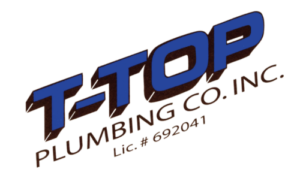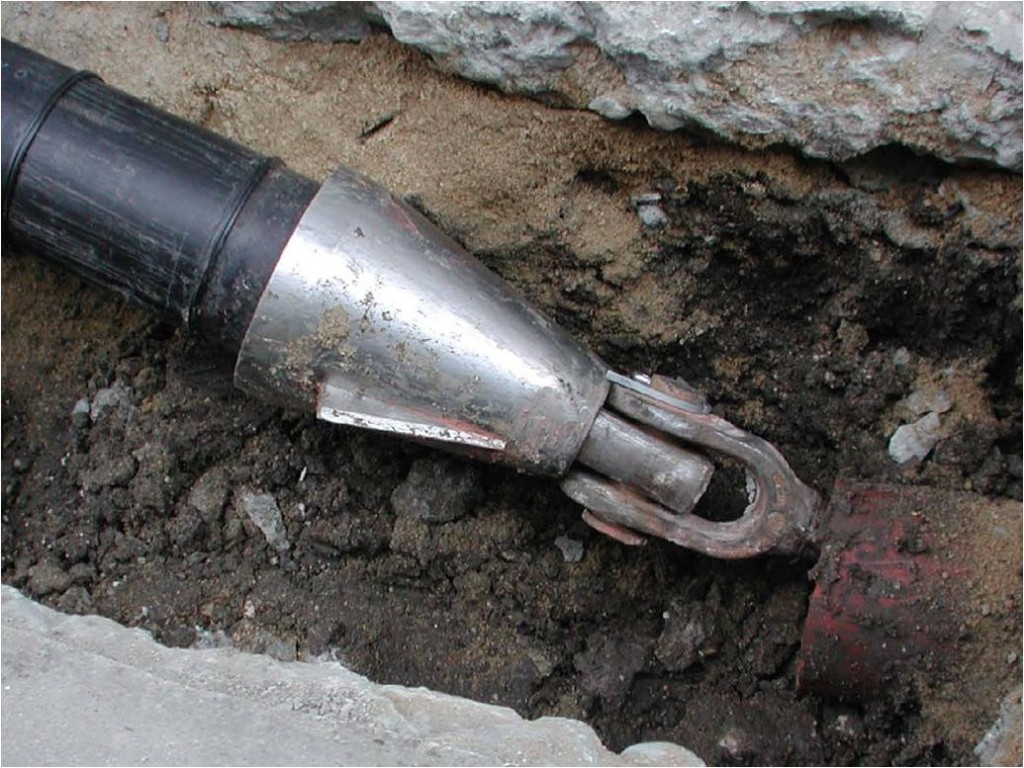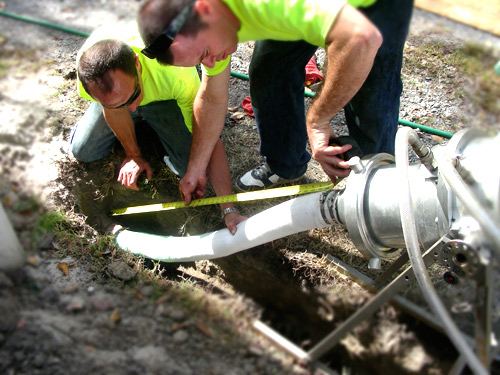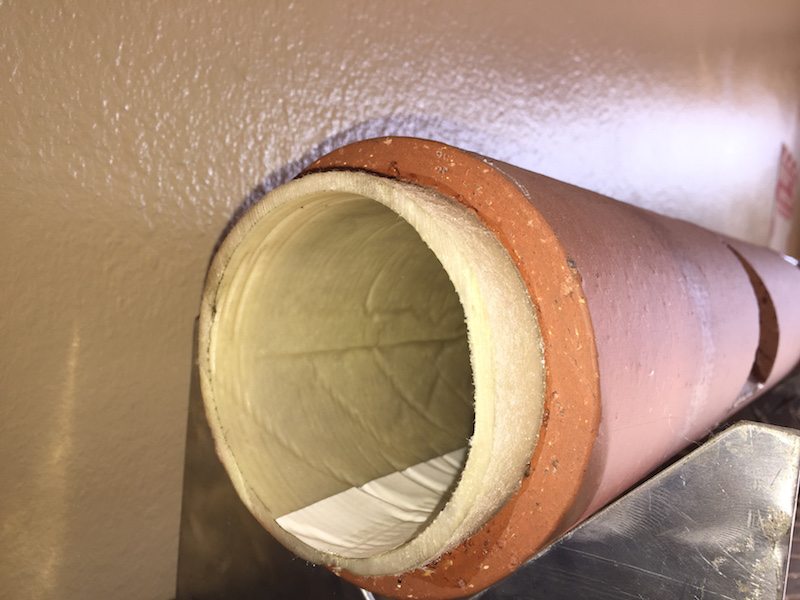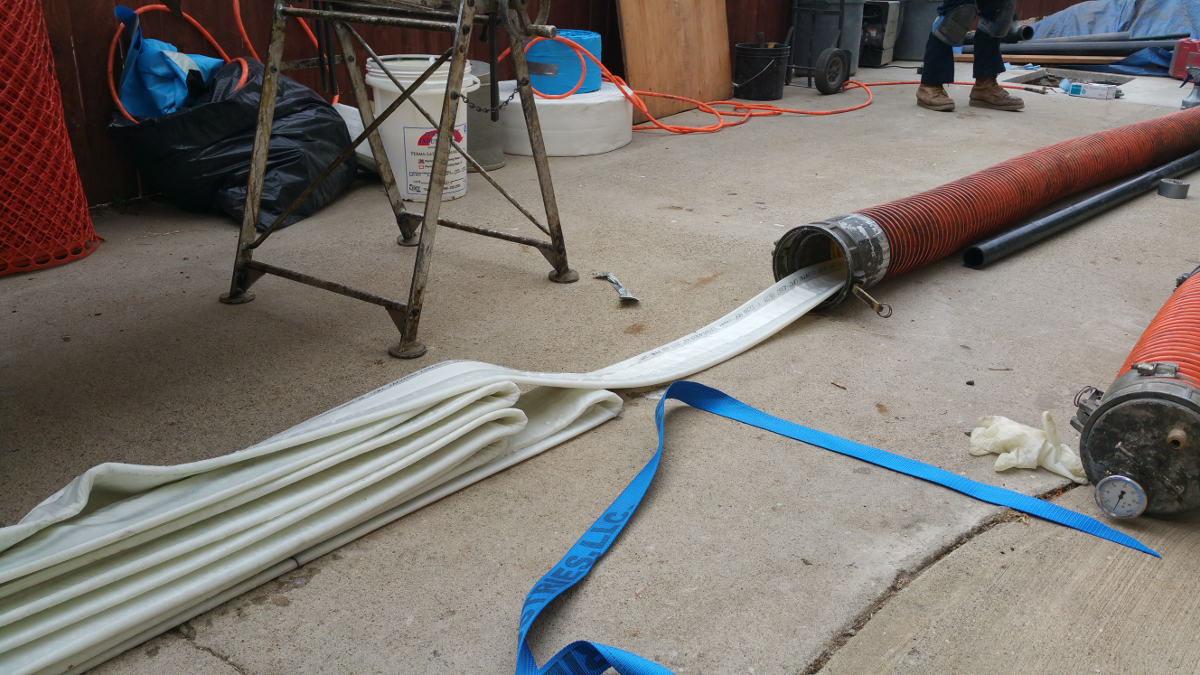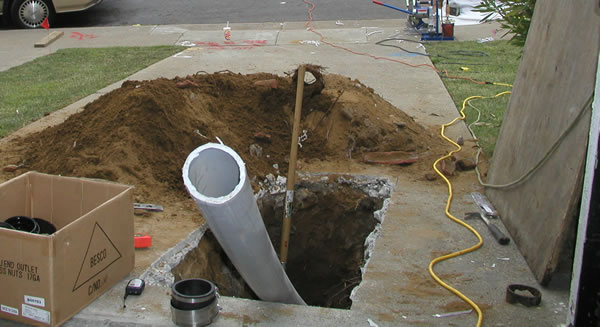While trenchless repair technology has ended the days of destroying your yard to reach a broken sewer pipe, you want to choose the right kind of trenchless sewer pipeline repair. In this blog post, we look at the differences between two methods – pipe relining and pipe bursting.
Advances in trenchless sewer pipeline repair have helped many residential and commercial property owners address a burst sewer pipe with no trench digging and no mess. Although pipe relining and pipe bursting both represent amazing advances in trenchless technology, many ask which is the best trenchless solution? The short answer is it varies depending on circumstances. Let’s take a closer look.
What Is Pipe Relining?
Pipe relining is epoxy pipelining. It is commonly referred to as “cured-in-place piping” or CIPP. CIPP lining is probably today’s most common method to rehabilitate failed, cracked, broken, or leaking pipes. A new pipe is basically created inside the old damaged one – courtesy of the epoxy liner, which structurally bonds to the original pipe’s material.
What Is Pipe Bursting?
While pipe relining is ideal for repairs, pipe bursting, which is sometimes referred to as upsizing or pipe splitting, has become the preferred pipe replacement method. A cone-shaped bursting head is affixed to the replacement pipeline. The bursting head, which is larger at its base than the diameter of the existing pipe, gets fed through an entry hole in the broken sewer pipe. As it’s pushed through, it breaks up the damaged pipeline. Once the existing pipe is fractured; it’s pushed out from its original location using a pull rod or hydraulic power. Surrounding soil is also expanded. The replacement pipe, which is attached behind the conical bursting head, then fills the cavity left behind by the original pipe.
What Are the Similarities?
Both of these trenchless technologies have been common in residential and commercial pipe repairs for nearly 40 years. Both of them enable damaged sewer or water lines to be repaired or replaced with little to no digging necessary to remove the old pipe. Both trenchless technologies save residential or commercial property owners both time and money by eliminating the cost, stress, and property damage that accompanies excavation. Both are also environmentally-friendly with no natural gases or elements like mold or asbestos released into the air, surrounding soil, or drinking water as happens with excavation.
Which Trenchless Sewer Pipe Repair or Replacement Method is Better?
As previously mentioned, it all depends on the specifics of your situation. Pipe relining is great for repairs while pipe bursting is more of a replacement process.
A few things to consider if you’re leaning towards pipe bursting. The equipment used for pipe splitting isn’t totally “trenchless” or “no dig” since some digging is required for insertion. There will also be substantial ground movement from the force used that could compromise infrastructure around the worksite. The procedure is risky if the soil is sandy or rocky. This is why a thorough site study is necessary to establish whether or not pipe bursting is appropriate.
Unlike pipe bursting, CIPP or pipe relining is safe for virtually all types of sewer or water pipeline repairs.
That said, pipes installed via pipe splitting are generally covered with a lifetime guarantee where most epoxy pipe lining brands come with a 10-year guarantee. However, both methods increase pipe resistance, durability, and life expectancy.
How Much Is Trenchless Pipe Bursting?
Pipe bursting can run anywhere from $50 to $200 per foot depending on the depth and length of damaged pipe and your location. This means the total cost of trenchless pipe bursting or pipe splitting can be anywhere from $3000 to $20,000.
How Much Is Trenchless Pipe Relining?
Relining damaged pipe can cost anywhere from $70 to $250 for each foot of pipe. Most trenchless sewer pipe relining falls within the $6,000 to $12,000 range although an extensive job can be as high as $20,000.
Interested in Trenchless Sewer Pipe Repair in the Los Angeles Area?
The final cost and best method of repair or replacement depend on the specific circumstances of your problem. If you’re noticing a higher-than-usual water bill every month, a decrease in water pressure and flow, or damp spots in your lawn, call T-Top Plumbing at 805-527-8867 to have one of our experienced pipe repair specialists evaluate your sewer or water pipeline systems. We’ll advise you which trenchless sewer pipeline repair solution is the right option for you.
